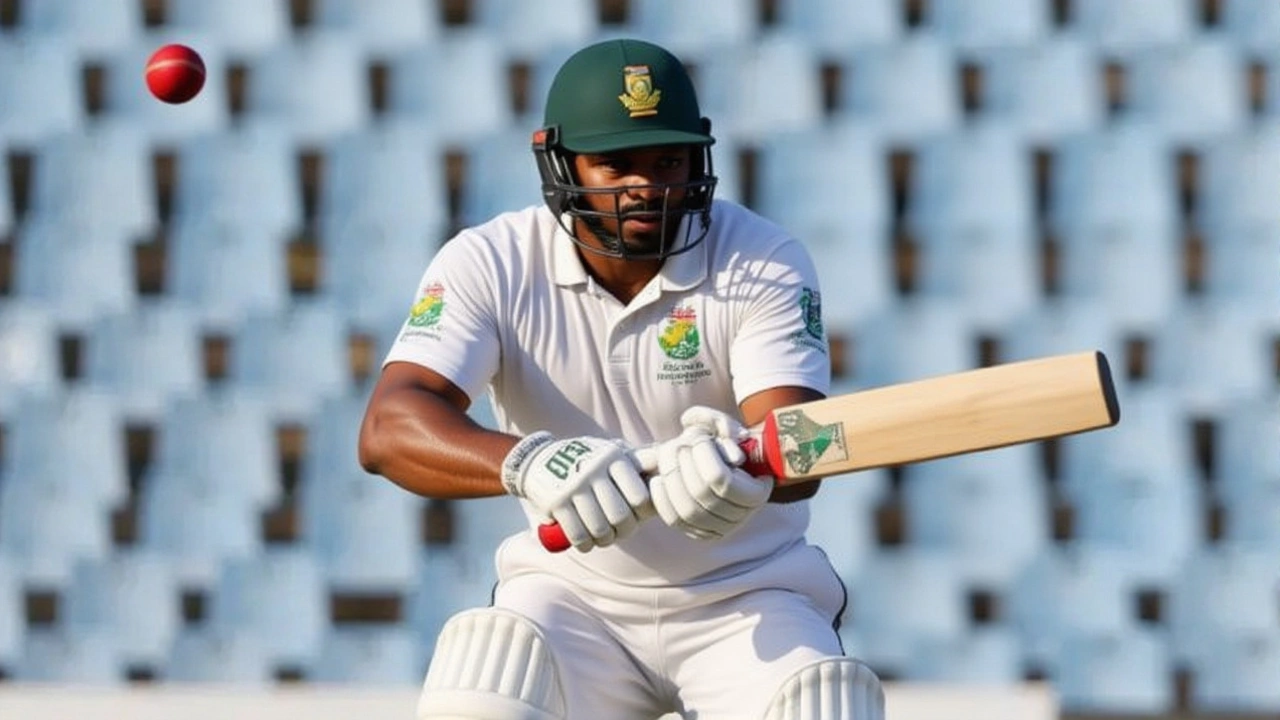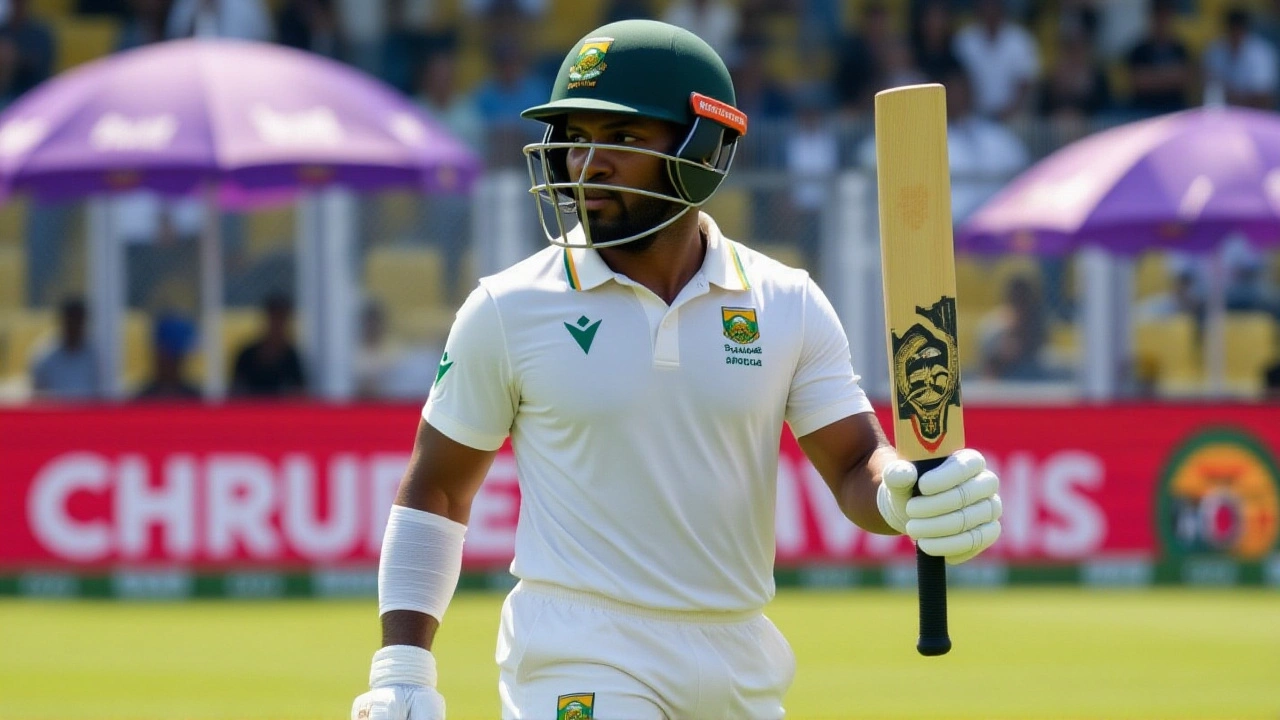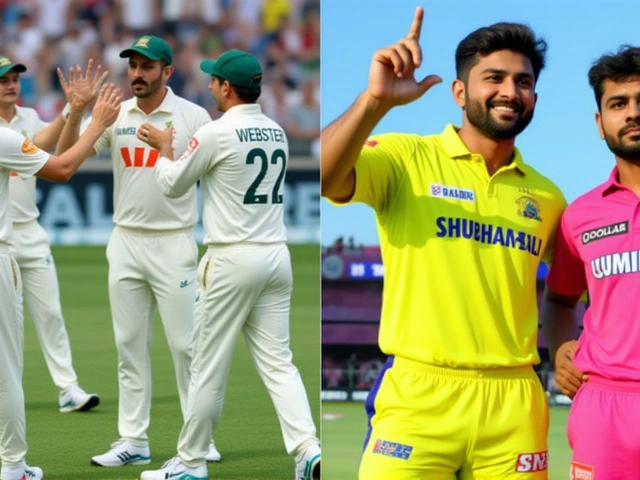When Shubman Gill walked off the field at Eden Gardens on Day 2 of the first Test against South Africa, few imagined it would be the end of his 2025 season. The 26-year-old captain, who had just taken over India’s ODI reins after Virat Kohli’s retirement from the format, suffered a nerve injury in his neck — not a simple strain, but something deeper, something that could linger. By November 22, 2025, the BCCI medical team confirmed it: Gill won’t play again until January 2026. That means missing the three-match ODI series against South Africa, starting November 30, and possibly the T20Is too. The twist? India’s leadership vacuum isn’t just a gap — it’s a chasm. With vice-captain Shreyas Iyer still sidelined from his October injury against Australia, and Rishabh Pant still finding his rhythm in ODIs, the selectors turned to the steady hand of KL Rahul. At 32, with 88 ODIs under his belt and 3,092 runs at an average of 48.31, Rahul isn’t just experienced — he’s reliable. And right now, that’s what India needs most.
Leadership in the Lurch
The decision to name Rahul as stand-in captain wasn’t made in a boardroom with spreadsheets. It was made after a long conversation between the selection committee and the team’s physiotherapists. Iyer’s hamstring tear from the Australia series hasn’t healed enough for even net sessions. Pant, despite captaining India in the second Test at Barsapara Cricket Stadium in Guwahati, has played just 11 ODIs in the last three years. He’s a brilliant finisher, yes — but captaincy in 50-over cricket demands patience, rotation, and tactical discipline. Rahul, who’s led India in 17 ODIs before, brings all three. He’s calm under pressure. He doesn’t panic when the scoreboard ticks slowly. And he’s the only senior batter left who’s consistently performed in the middle order since Kohli stepped back.Meanwhile, Gill’s injury is more than just a physical setback. He’d been the face of India’s next generation — the elegant opener who carried the weight of expectations with grace. His retirement hurt on Day 2 of the Kolkata Test, after facing just three balls, looked like a minor tweak. But MRI scans revealed irritation in the C5-C6 nerve root. That’s the same area that sidelined Steve Smith in 2021 and David Warner in 2023. Recovery isn’t just about rest. It’s about controlled rehab, avoiding any sudden rotation, and waiting for the nerve to settle. The BCCI’s cautious approach suggests Gill might not return until the New Zealand series in January — meaning he’ll miss not just the ODIs, but also the T20Is against South Africa, which begin December 15.
South Africa’s Surge and India’s Bowling Puzzle
While India grapples with leadership, South Africa is making noise. At the Barsapara Cricket Stadium, Senuran Muthusamy — a 30-year-old middle-order batter who hadn’t scored a Test fifty in two years — blasted his first Test century: 109 off 206 balls. He wasn’t just scoring; he was dominating. His 97-run partnership with Marco Jansen (58) helped South Africa post 489 in their first innings — their highest total in India since 2004. Muthusamy became the third South African to score a Test century batting at No. 7 or lower in India. The pressure was on India’s bowlers. And in the middle of it all, Pant, as stand-in skipper, gave a rare glimpse into his captaincy style. He told Washington Sundar, “Marne de usko” — let him go for the big shot. The result? Muthusamy cleared long-on for six… and was caught at deep midwicket next ball by Mohammed Siraj. It was a risky call. But it worked. That’s the kind of instinct India needs now.But India’s bowling unit is in flux. Jasprit Bumrah, the spearhead of their pace attack, is almost certainly being rested for the ODIs to preserve him for the T20 World Cup in December. That opens the door for Akash Deep (28), Prasidh Krishna (27), and Harshit Rana (24). Morne Morkel, India’s bowling coach, has been working closely with Akash Deep on yorkers during the Guwahati Test — a clear signal. And then there’s Kuldeep Yadav. The 30-year-old left-arm wrist-spinner, a key part of India’s ODI spin attack, might miss the series because of his wedding. That’s not a joke — it’s a real scheduling conflict. The BCCI has no authority over personal timelines. So now, they’re left choosing between a spinner and a pace option.

Batting Order Chaos
The batting order is another puzzle. Gill’s absence leaves a gaping hole at No. 3. Yashasvi Jaiswal (23) is the obvious replacement — aggressive, explosive, and already in the squad. But India’s top three — Jaiswal, Rohit Sharma (37), and Virat Kohli (36) — are all right-handed. That’s a problem against left-arm pacers like Lungi Ngidi and Keshav Maharaj. Enter Washington Sundar (25). The all-rounder, who’s batted at No. 4 in 12 of his 15 ODIs, could be pushed up to No. 5 or even No. 4 to create a left-right combination with Jaiswal. Meanwhile, Tilak Varma (22), who scored a gritty 87 in the third ODI against Australia, is in the mix for the No. 4 spot. The selection committee has three days to decide before the squad announcement on November 27.
What’s Next?
The ODI series against South Africa starts on November 30 in Indore. If Rahul leads, it’s not just about winning — it’s about building continuity. This is the first time since 2019 that India will enter a bilateral ODI series without either Kohli or Gill as captain. The pressure on Rahul is immense. But he’s been here before. In 2022, he led India to a 3-2 win in the West Indies after Kohli stepped down. He knows how to handle expectation.Meanwhile, Gill’s recovery will be monitored weekly. The BCCI has already scheduled a follow-up scan for December 10. If the nerve inflammation subsides, he might return to net sessions by mid-January. But for now, India’s future is being led by a man who’s spent more time in the dressing room than on the field this year. And that’s the real story.
Frequently Asked Questions
Why is KL Rahul the obvious choice for captain over Rishabh Pant?
While Pant is a dynamic leader in Tests, ODIs demand consistency in rotating bowlers, managing powerplays, and anchoring the middle order — areas where Rahul has more experience. He’s captained 17 ODIs before, scored over 3,000 runs in the format, and has a calm demeanor under pressure. Pant, despite his talent, has played only 11 ODIs in the last three years and lacks the tactical depth needed for 50-over leadership.
How serious is Shubman Gill’s nerve injury, and what’s the recovery timeline?
Gill’s injury involves irritation of the C5-C6 nerve root in his neck, a condition that requires strict rest and no rotational stress. Recovery typically takes 6–10 weeks, but with the risk of re-injury, the BCCI is being cautious. He’s unlikely to return before January 2026, meaning he’ll miss the entire South Africa ODI and T20I series. The same injury sidelined Steve Smith for six weeks in 2021.
Why is Kuldeep Yadav possibly missing the ODIs?
Kuldeep Yadav is set to get married in early December, and the BCCI has no authority to delay personal events. With the ODI series starting November 30, the team’s travel schedule conflicts with his wedding plans. Though he’s India’s most effective left-arm spinner in ODIs, the selectors may have to pick a replacement like Ravi Bishnoi or part-time spinner Washington Sundar to fill the gap.
Who are the top contenders to replace Shubman Gill in the top order?
Yashasvi Jaiswal is the frontrunner to replace Gill at No. 3. He’s already in the squad and has shown explosive potential in limited opportunities. But India’s batting lacks left-handers, so Washington Sundar may be promoted to No. 5 to balance the lineup. Tilak Varma is also in contention for No. 4, especially if the team wants a more defensive option against South Africa’s spinners.
Is Jasprit Bumrah definitely out of the ODI series?
Yes, barring a major change, Bumrah will be rested for the ODIs to preserve him for the T20 World Cup in December. He’s bowled over 200 overs across Tests and T20Is since August. The BCCI is prioritizing long-term fitness over short-term gains. Akash Deep, Prasidh Krishna, and Harshit Rana are now the leading pace candidates, with Morne Morkel working closely with Akash on yorkers during the Guwahati Test.
What does South Africa’s performance in Guwahati mean for the ODI series?
South Africa’s 489-run total in Guwahati — their highest in India in 21 years — shows they’re no longer just tourists. Senuran Muthusamy’s century and Marco Jansen’s all-round contribution prove they’ve found depth. With India’s leadership in flux and key bowlers resting, South Africa enters the ODIs as the team with momentum. India will need to adapt quickly — especially in powerplay batting — to avoid falling behind early.



